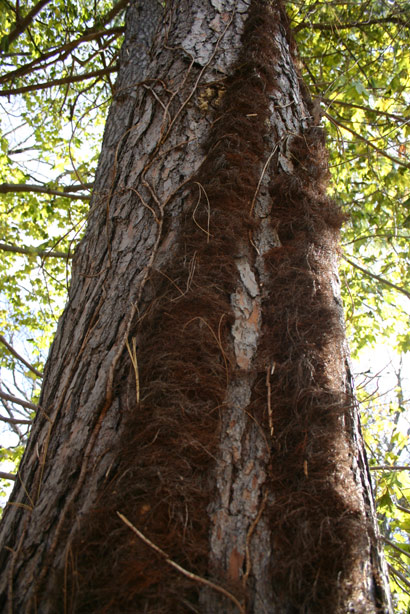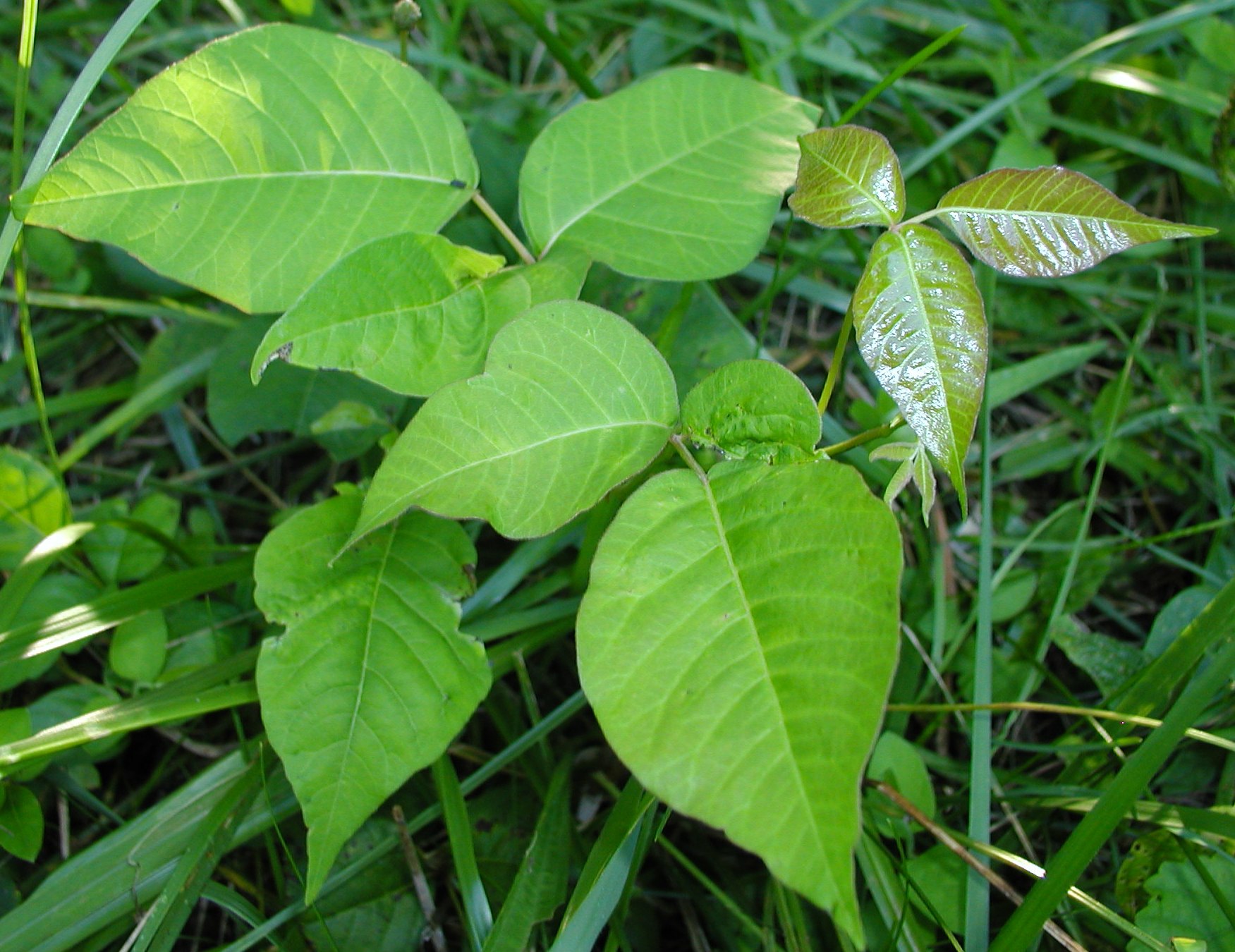The Poison Plants by Josh Palumbo, Forest Management Coordinator.
The Poison Plants
The birth of a Nine Minute Naturalist topic is usually a very organic occurrence. I see something that piques my interest and I write on that subject. This article arose from natural consequences of being to cavalier despite my knowledge. Ignoring plants such as poison ivy tend towards severe penalties if you fail to identify it. This edition of the Nine Minute Naturalist will cover the basics in identifying poison ivy, oak, and sumac and how to treat yourself in the field if you make contact.
There are three species of poisonous plants to be attentive to as you walk the woods in Virginia. The primary plant you need to learn is poison ivy. As the old saying goes, “leaves of three, let it be,” poison ivy has a leaf with three leaflets which can be ovate or irregularly toothed. It usually appears vinelike with obvious hairs on the mature vines but can be in bush form. It will fruit in greenish white clusters in late summer persisting into winter.
Poison oak is the other plant that shares similarities with poison ivy. It has a leaf with three leaflets but the leaves are shaped like a white oak instead of the ovate or toothed leaf of poison ivy. Another significant difference between the species is that poison oak is erect and bush-like usually 2-4 feet tall. It has greenish white fruit clusters like poison ivy but fruits in the spring as opposed to late summer.
Poison sumac differs greatly from the other poison species located in Virginia. It is a small woody shrub up to 15 feet. The leaves are compound with 7-13 ovate leaflets. The fruit is small white drupes that hang in clusters and emerge in late summer. The bark is smooth splotchy gray bark with horizontal lenticels. Broken or cut stems will ooze a dark colored sap.
The distribution of these species across the state also aids in identification. Far and away the most common of the three at Wintergreen will be poison ivy. It is found at all elevations, aspects, and soil types. Poison oak can be found at Wintergreen but is rare and not in our upper elevations. Poison sumac is very rare in the state of Virginia and mostly documented in the swamps on the coastal portions of the state. There are no documented observances of poison sumac at Wintergreen.
Poison from these three plants come from oily sap called urushiol. The reaction to this toxin is a form of contact dermatitis. Sensitivity to this irritant can fluctuate over time but everyone will have some reaction varying from very mild to red, itchy rash that requires medical care. This reaction comes from direct contact, oils spread via clothing, tools, etc. or from inhalation when poison ivy is accidently burned. Rashes may take longer to occur areas of the body such as feet which feature thick skin or wrists which have a thinner layer of skin.
Treatment of the rashes are easy and well documented when you have the luxury of medical professionals, previous experience, or internet searches but it is sometimes imperative to treat the contact site in the field. Nature has provided some natural remedies. Jewelweed is the best natural deterrent readily available. Jewelweed can be found at most moist shady areas of Wintergreen. Crush the stalk into a wet paste and apply to the contact areas. Allow the applied jewelweed to sit on the skin for a couple minutes. Another readily found remedy is the common invasive plantain. Turning this leaf into a paste-like substance and applied to the skin can deter the effects of the urushiol. Another more mechanical method I use is finding a nearby water source and scouring the contact site with small river rocks and debris. This scouring tends to remove all oils from the skin and prevent any sort of rash.
Fear not the poison plants of Wintergreen but know how to identify plants that will bring consequence. Quick mitigation of potential contact with these plants can certainly save you weeks of itchy painful rashes. Viewing yourself immune to the effects of poison plants will lead to the inflamed state my skin is having to endure.


